Do you have visions of skin that are so brilliant and clear that they practically resemble glass? With its emphasis on hydration, smooth texture, and a healthy, lit-from-within glow, glass skin, a K-Beauty craze, has swept the skincare industry.
If you’re a beginner wondering how to start your glass skin journey, this guide breaks down the science behind the trend and offers a simple, step-by-step routine to help you achieve that glow without overwhelming your skin.
What Is Glass Skin?
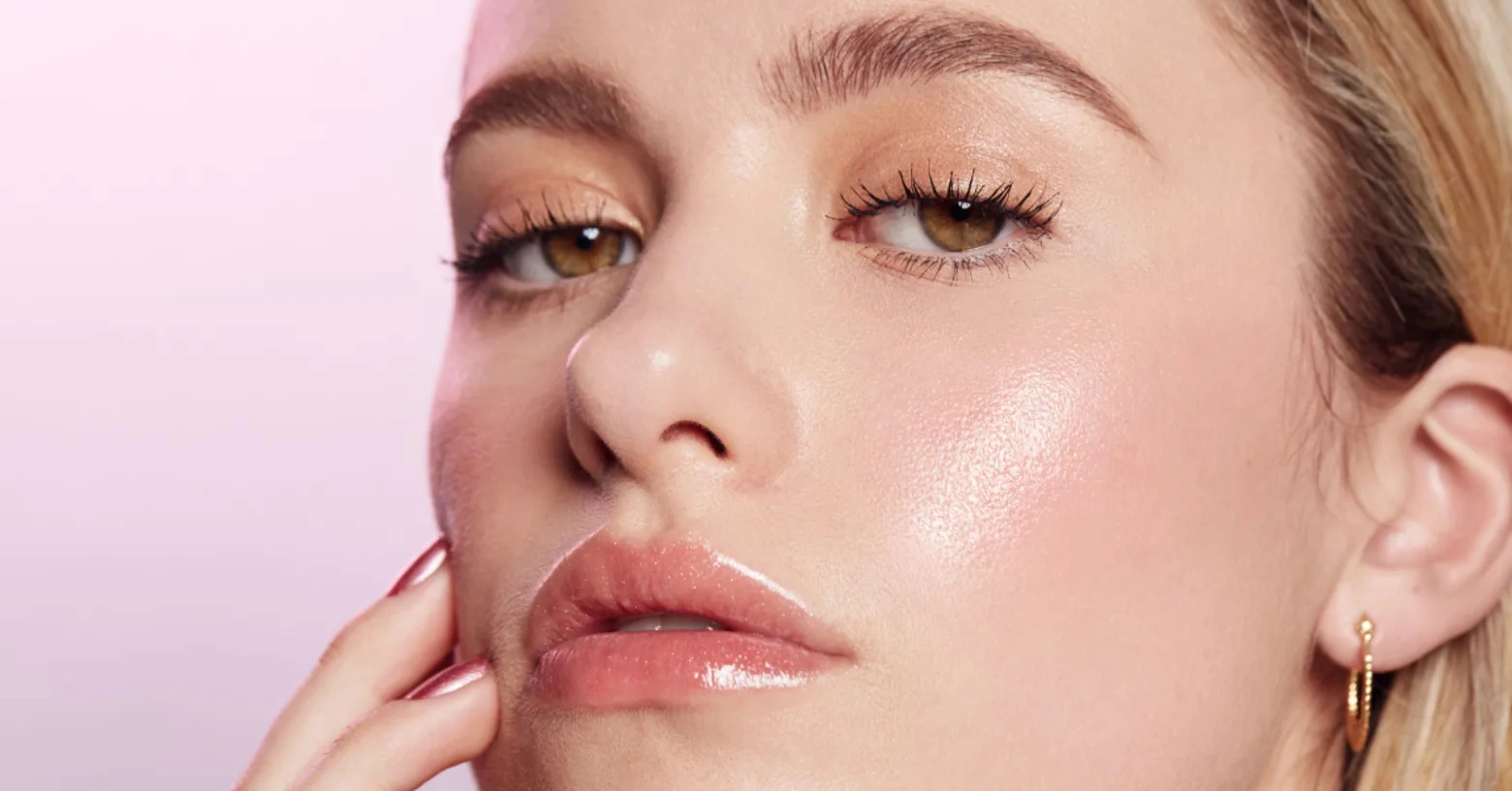
A common K-Beauty term, "glass skin," refers to skin that is so smooth, clear, and glowing that it nearly seems reflective, like glass. Achieving naturally healthy, moisturized, and even-toned skin through regular care is more important than makeup or quick filters.
The hallmark of glass skin is:
Dewy and radiant finish
Even skin tone without dark spots or redness
Minimal visible pores
Smooth and soft texture
Glass skin is all about long-term dedication to skin health, as opposed to fads that promise instant benefits. It focuses on deep hydration, mild exfoliation, and robust barrier repair, all of which enhance your skin's ability to reflect light.
The Science Behind Glass Skin
Achieving glass skin isn’t magic—it’s science-based skincare. The signature glow comes from hydration, gentle exfoliation, and a healthy skin barrier working together to create smooth, reflective skin.
1. How Hydration Enhances the Texture of Skin
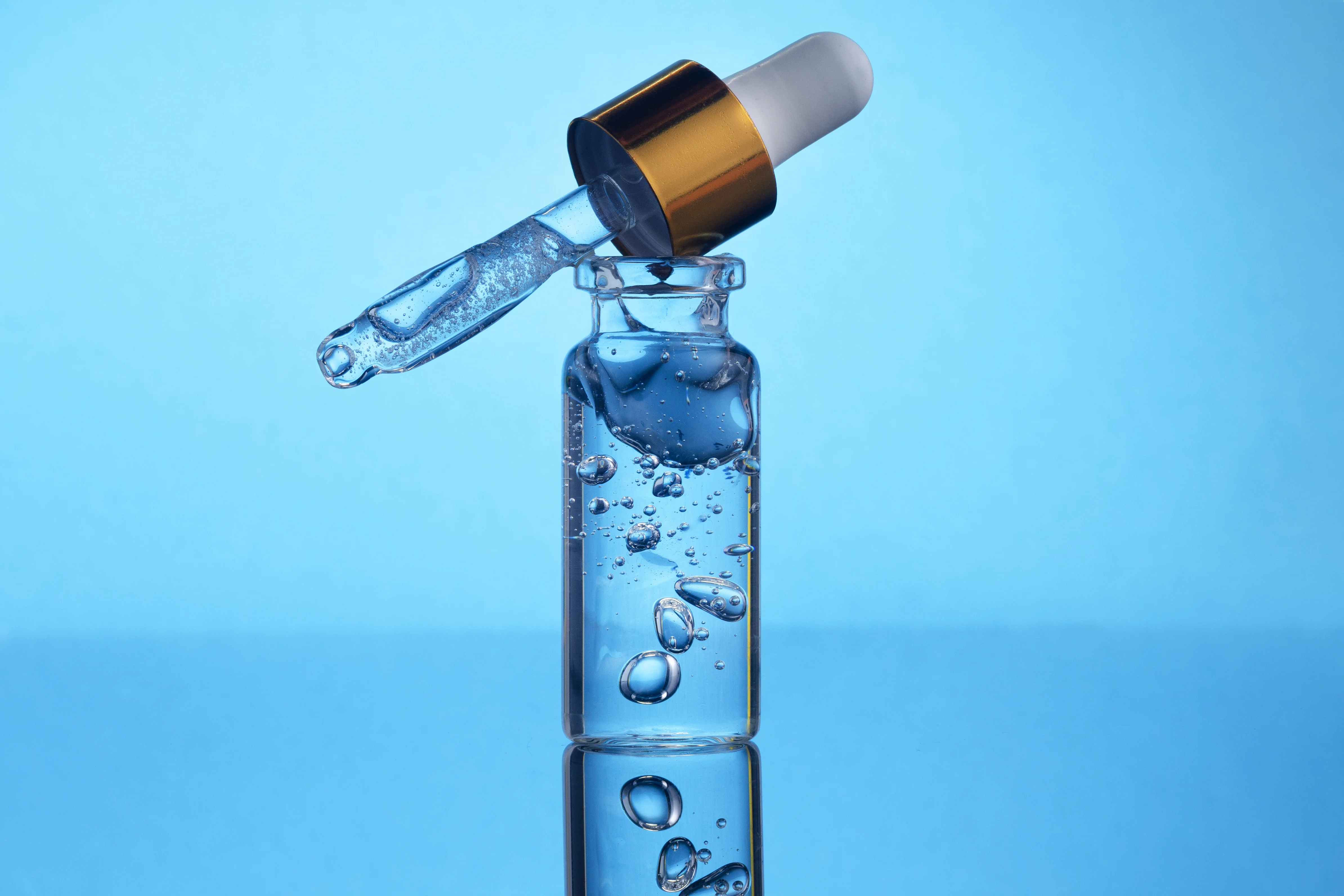
Skin that is well-hydrated appears smooth and plump, which naturally reduces the visibility of rough spots and fine lines.
Sufficient moisture promotes even light reflection, which gives skin a dewy, glass-like sheen.
Essential Component:
A potent hydrant that draws and retains up to 1,000 times its weight in water, hyaluronic acid keeps skin hydrated from the inside out.
2. The Function of Cell Turnover and Exfoliation
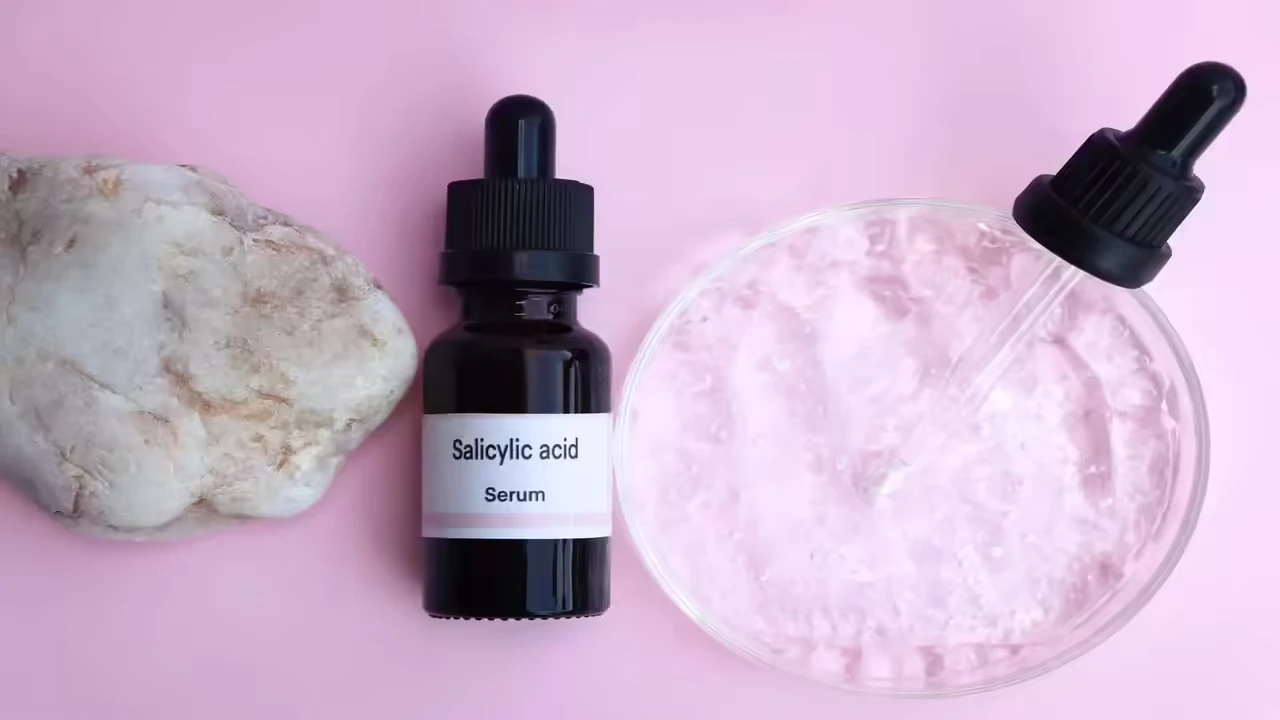
Dead skin cells can prevent your complexion from glowing by making it harsh and lifeless.
These dead cells are removed by gentle exfoliation, which promotes quicker cell turnover and reveals new, glowing skin beneath.
Essential Component:
For brightness, AHAs (such as lactic or glycolic acid) exfoliate the skin's surface.
BHAs—such as salicylic acid—enter pores to remove grease and enhance texture.
3. Importance of a Healthy Skin Barrier
Your skin barrier acts as a barrier to keep out allergens and retain moisture. In contrast to glass skin, a compromised barrier causes dryness, redness, and dullness. Essential Component: Ceramides: Maintain the skin's suppleness and resilience by strengthening and restoring the skin barrier.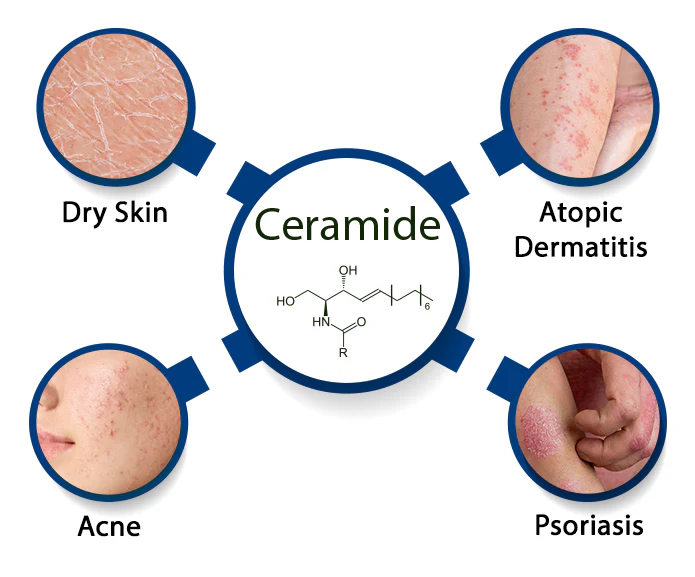
4. Boosting Radiance and Evening Out Texture
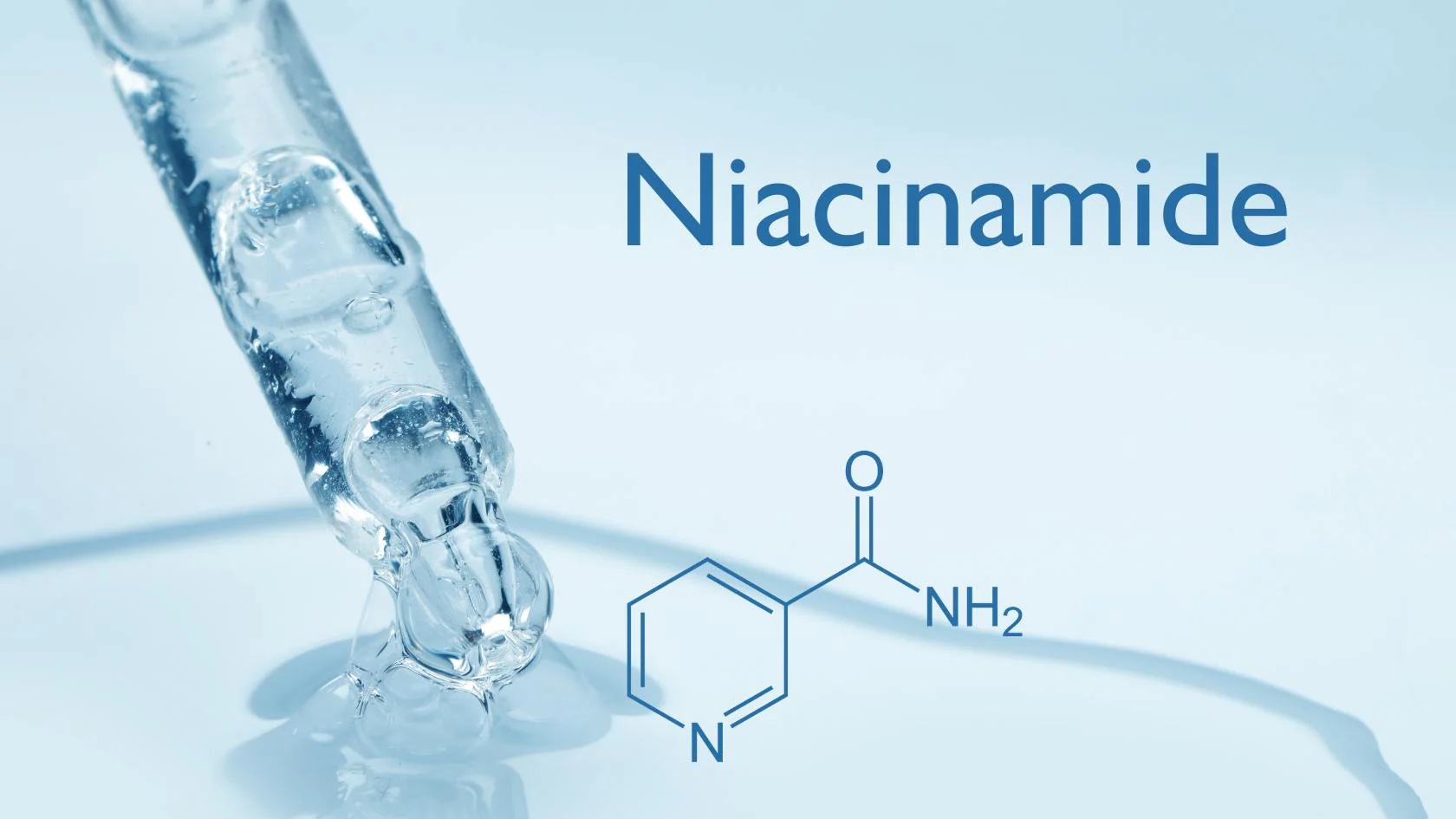
Uneven skin tone or texture might make you look less radiant, even if your skin is moisturized.
Essential component:
Vitamin B3 in the form of niacinamide aids by: Making drab spaces more vibrant Uneven texture smoothing minimizing the visibility of pores Over time, fine wrinkles, textural problems, and dullness can be lessened with the help of retinol, a vitamin A derivative that speeds up cell turnover and collagen formation. Essential Component: Retinol is a nocturnal hero that revitalizes skin for a more radiant, youthful appearance. AM Routine: Gentle Cleanser – To remove overnight oils. Hydrating Toner/Essence – First layer of hydration. Serum with Antioxidants (Vitamin C or Niacinamide) – Boost brightness. Moisturizer – Seal in hydration. Sunscreen (SPF 30+) – Protects the glow and prevents damage. PM Routine: Double Cleanse (Oil + Foam) – Remove makeup and dirt. Exfoliating Toner (2–3 times a week) – Refine texture. Hydrating Essence or Serum – Plump and moisturize. Rich Moisturizer or Sleeping Mask – Lock in hydration overnight. Over-Exfoliating the Skin Exfoliating too often or using strong acids daily can damage your skin barrier, causing irritation, redness, and breakouts. Skipping Sunscreen UV exposure can undo all your hard work, causing dullness, dark spots, and premature aging. Trying Too Many New Products at Once Introducing multiple new products can overwhelm your skin and make it hard to identify what’s causing irritation. Using Harsh or Drying Cleansers Stripping the skin of natural oils leads to dryness and flakiness, which dulls your glow. Neglecting Night-time Care Skipping a PM routine means missing out on your skin’s prime repair time, slowing results. Applying Products in the Wrong Order Using heavy creams before serums or actives can block absorption and reduce their effectiveness. Not Doing Patch Tests Jumping into active ingredients like retinol or acids without testing can lead to irritation or breakouts.5. Boosting Glow with Retinol
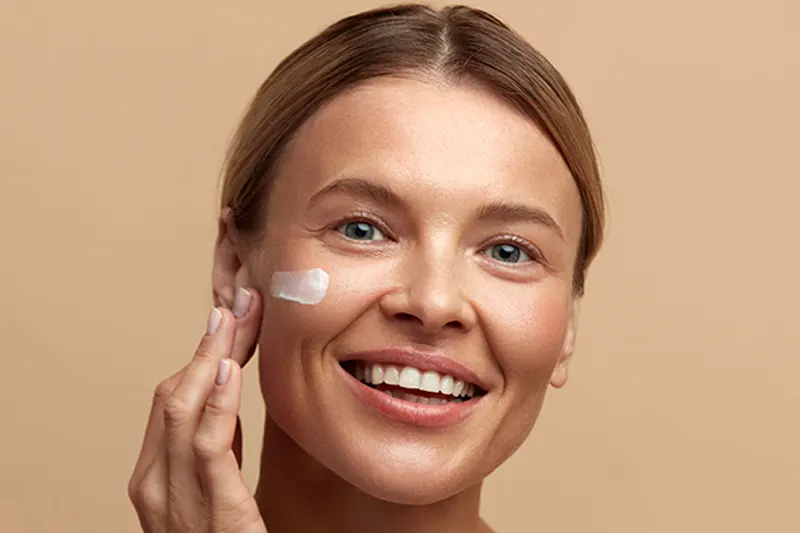
Step-by-Step Routine for Beginners
Common Mistakes to Avoid in Your Glass Skin Journey


